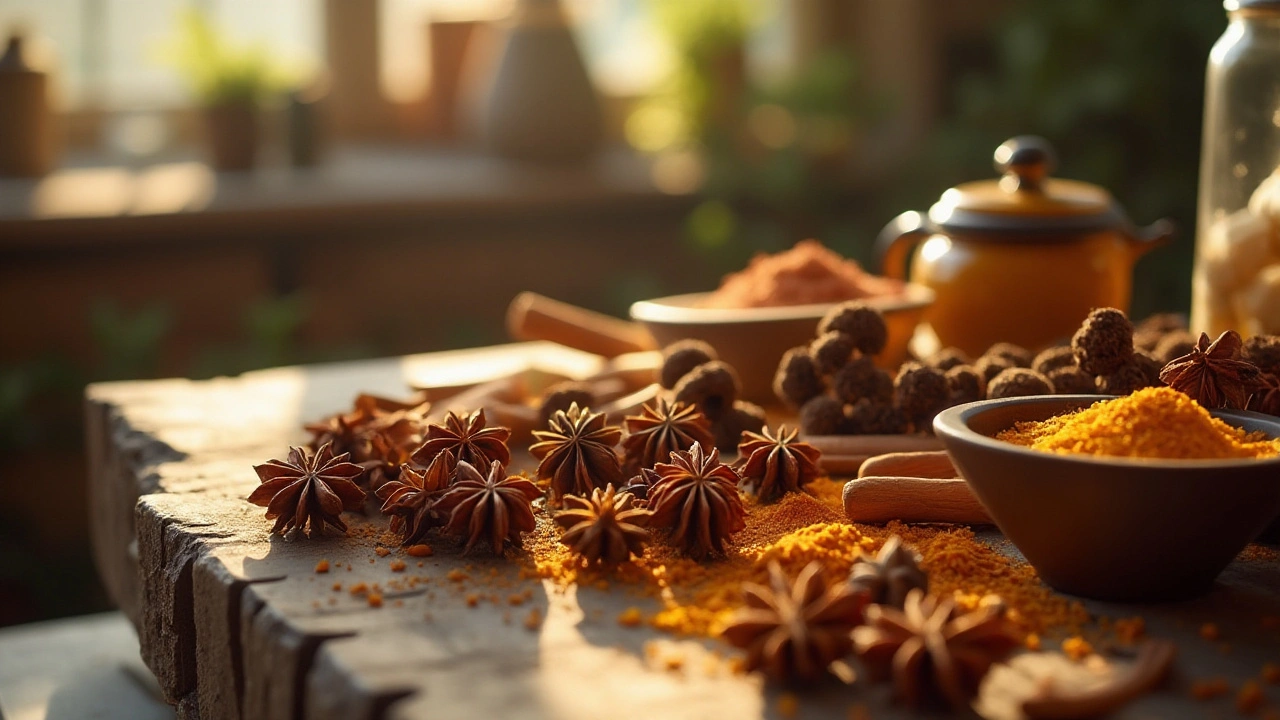Star Anise Benefits: September 2024 Archive
September brought a focused look at star anise — a fragrant spice that doubles as a dietary supplement. If you bought the spice for cooking and wondered about its health uses, this month’s post breaks down the key benefits, how to use it safely, and quick tips to add it to meals and drinks.
What star anise can do for you
Star anise contains compounds like anethole and shikimic acid that give it a strong aroma and some measurable effects in lab tests. People use it for mild digestive relief, to calm bloating, and as a flavor boost in teas and broths. Lab research also finds antioxidant and antimicrobial actions, which may help limit bacteria growth on food or in minor mouth irritations. Keep in mind these effects are mostly shown in lab or animal studies, not as proven cures for diseases.
If you want a simple benefit today: a cup of star anise tea after a heavy meal often reduces fullness and helps you feel more comfortable. Many users report improved digestion and a pleasant, warming aftertaste that pairs well with ginger or cinnamon.
How to use star anise safely
Use culinary star anise (Illicium verum), not Japanese star anise (Illicium anisatum), which is toxic. For tea, steep one whole star in hot water for 5–10 minutes. For cooking, add one whole star to soups, stews, or braises and remove before serving. Ground star anise works in baking, but use sparingly — its flavor is strong.
When people take star anise as a supplement, they follow product labels. There’s no universal dose, so pick a trusted brand and avoid high-concentration extracts unless a clinician advises it. Pregnant or breastfeeding people, young children, and anyone on blood-thinning drugs should check with a healthcare provider before using star anise regularly. Also avoid mixing it with strong anticoagulants — the spice can affect blood flow in some cases.
Storage is easy: keep whole stars in a cool, dark place in an airtight jar. Ground spice loses aroma fast, so buy smaller amounts if you use it for health reasons. If you notice any allergic reaction, stop use and seek advice.
September’s archive post aimed to be practical: clear benefits you can try at home, safe ways to add star anise to your routine, and common warnings so you avoid the toxic look-alikes or risky mixes. If you liked the post, try a simple starter: simmer one star with 2 cups of water, a slice of ginger, and a teaspoon of honey — strain and sip after meals to test how your body responds.
Want more from this month? Check the full article for recipes, a short Q&A on interactions, and product tips to help you choose a reliable supplement.
